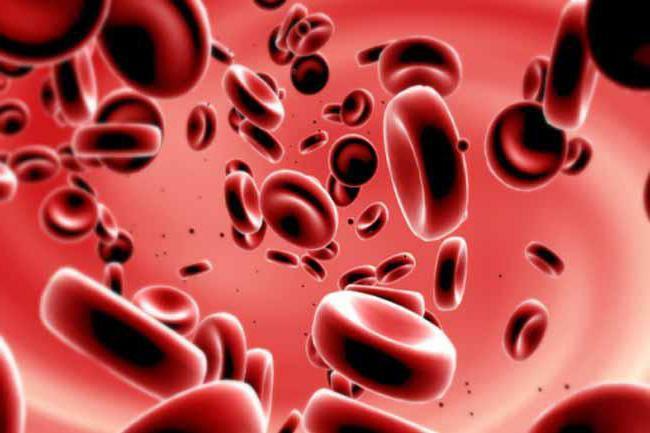Anticoagulants, also known as blood thinners, are medications that prevent or reduce the formation of blood clots. There are several different types of anticoagulants that work through different mechanisms in the body.
Vitamin K Antagonists
One of the earliest classes of anticoagulants discovered were vitamin K antagonists, also known as VKAs. VKAs work by interfering with vitamin K in the body. Vitamin K is necessary for the production of coagulation factors II, VII, IX, and X in the liver. By blocking the activity of vitamin K, VKAs decrease the production of these coagulation factors, raising the clotting time of blood and preventing clots from forming. Some common VKAs include warfarin (Coumadin), phenprocoumon, and acenocoumarol.
VKAs have a slow onset of action, usually taking 2-5 days to reach their maximum effect in the body. Their anticoagulant effect must also be monitored regularly through regular blood tests to check the international normalized ratio (INR). Maintaining the correct INR range is important for safety and efficacy. VKAs have numerous food and drug interactions that must also be carefully managed by patients.
Heparin
Heparin is an injectable Anticoagulant that works through a different mechanism than VKAs. Heparin acts as a catalyst for antithrombin, which in turn inactivates coagulation factors Xa and IIa (thrombin). This interrupts the chain of reactions that form blood clots.
There are two main types of heparin products - unfractionated heparin (UFH) and low-molecular-weight heparin (LMWH). UFH has a short onset of action of about 30 minutes and a short duration of about 6 hours. It is commonly given by intravenous injection in hospitals. LMWH has a longer half-life, allowing for once or twice daily subcutaneous injections at home. LMWH is often preferred over UFH for long-term outpatient use due to its more predictable effects.
Direct Oral Anticoagulants
In recent years, new classes of oral anticoagulants known as direct oral anticoagulants (DOACs) or non-vitamin K antagonist oral anticoagulants (NOACs) have become available. The main DOACs currently on the market include dabigatran, rivaroxaban, apixaban, and edoxaban.
DOACs have advantages over warfarin in that they have more predictable pharmacokinetics, fewer food and drug interactions, and fixed dosing without the need for routine anticoagulation monitoring. However, they are also significantly more expensive. Dabigatran works by inhibiting thrombin, while the other DOACs competitively inhibit FXa. DOACs have faster onsets of action than warfarin, reaching maximum anticoagulation within a few hours.
Uses of Anticoagulants
The main uses of anticoagulant medications include the prevention and treatment of deep vein thrombosis (DVT), pulmonary embolism (PE), atrial fibrillation, and mechanical heart valves. Anticoagulants are also commonly used off-label for conditions like recurrent miscarriage and ischemic stroke prevention.
For short-term uses like DVT/PE treatment, injectable anticoagulants like heparin are usually started right away in the hospital followed by a VKA like warfarin. For long-term uses, patients may be prescribed a VKA, LMWH, or DOAC. The choice depends on each individual's specific risks and benefits associated with different agents.
Monitoring and Management of Anticoagulation Therapy
For VKAs like warfarin, regular INR monitoring and dose adjustments are necessary to ensure the anticoagulant effect remains in the therapeutic range. This requires frequent doctor or pharmacy visits initially and periodic blood draws. Supratherapeutic INR levels increase bleeding risk while subtherapeutic levels provide insufficient protection against clots.
Patients must also avoid numerous food and medications known to interact with warfarin. Heparins, on the other hand, do not require routine monitoring or have as many drug interactions due to their reliable pharmacokinetics. DOACs are also more fixed-dose and do not require routine INR checks, though medication levels can be monitored in emergency situations if needed.
Anticoagulant-Associated Bleeding Risks
While anticoagulants are highly effective at reducing thrombosis, they also increase the risk of bleeding compared to placebo. The annual risk of major bleeding in patients on well-managed warfarin therapy is around 1-3%. Risks are higher in the elderly, those with low body weights, certain comorbidities, and supratherapeutic INR levels above 3.0.
Get more insights on this topic: Anticoagulant
Explore More Articles: Anti-Drone Market



